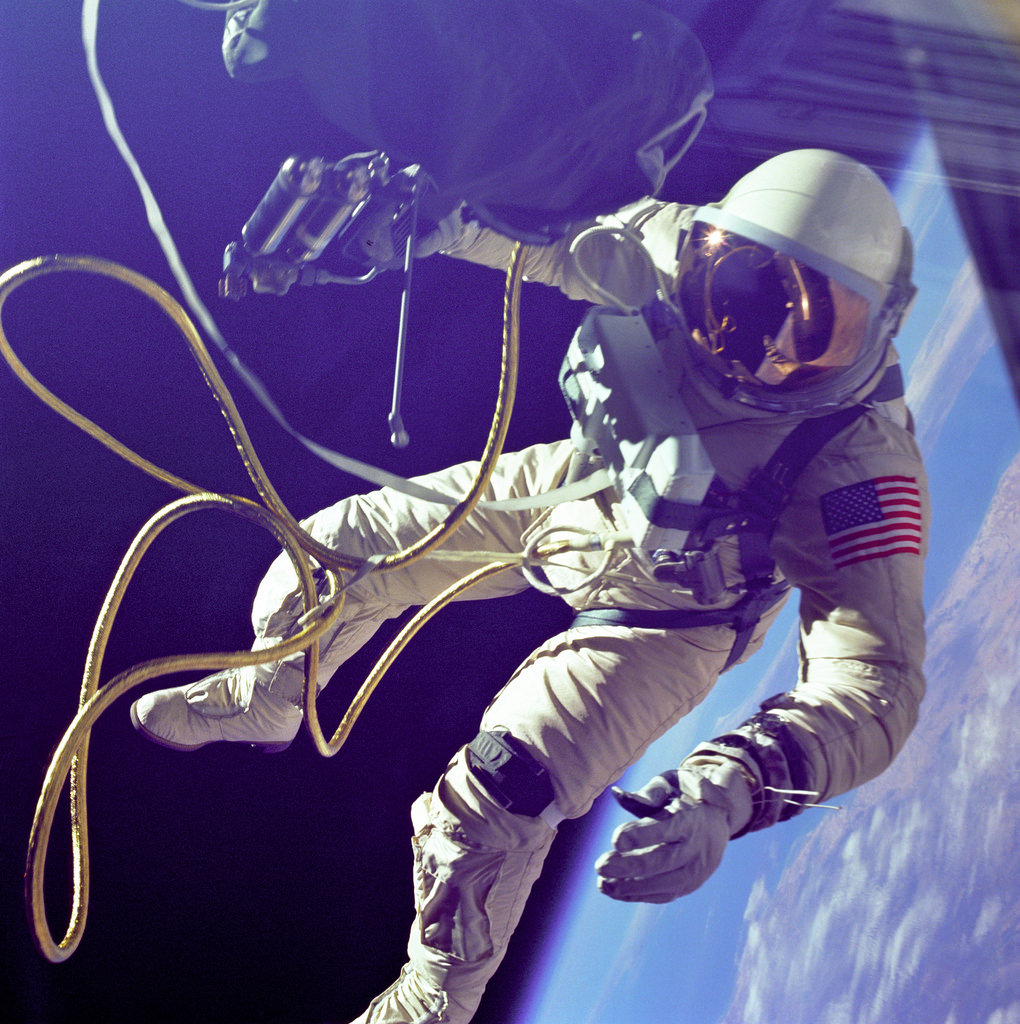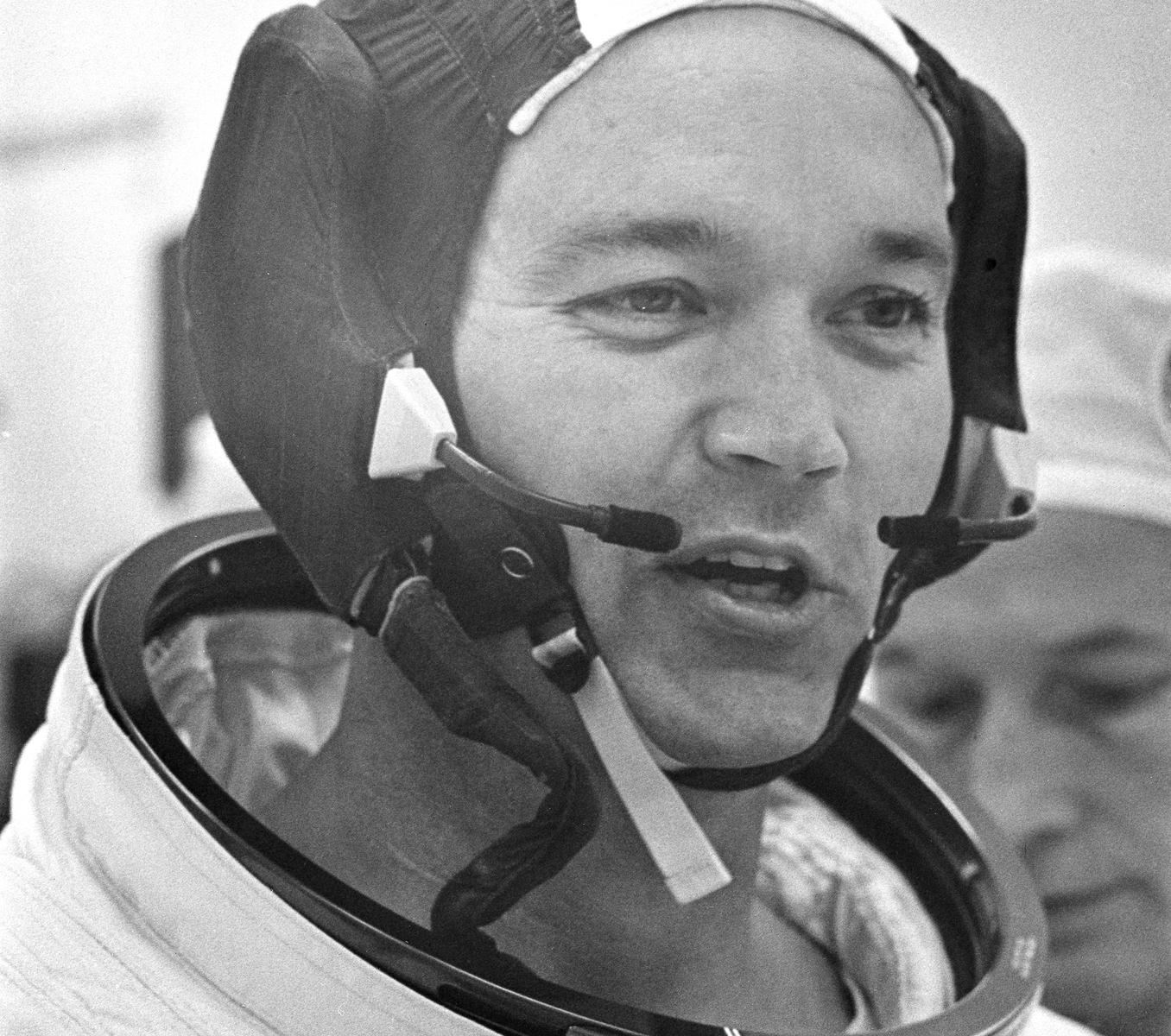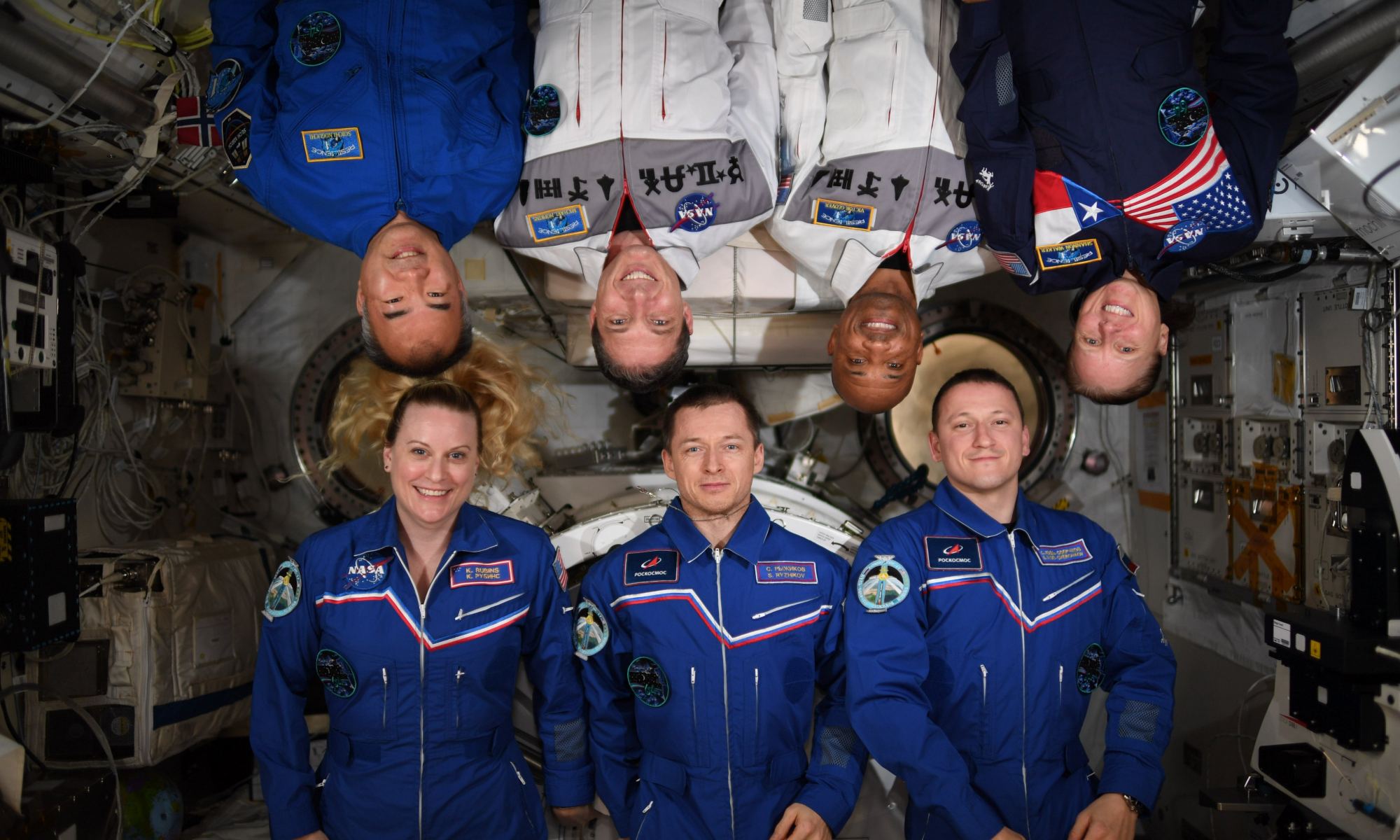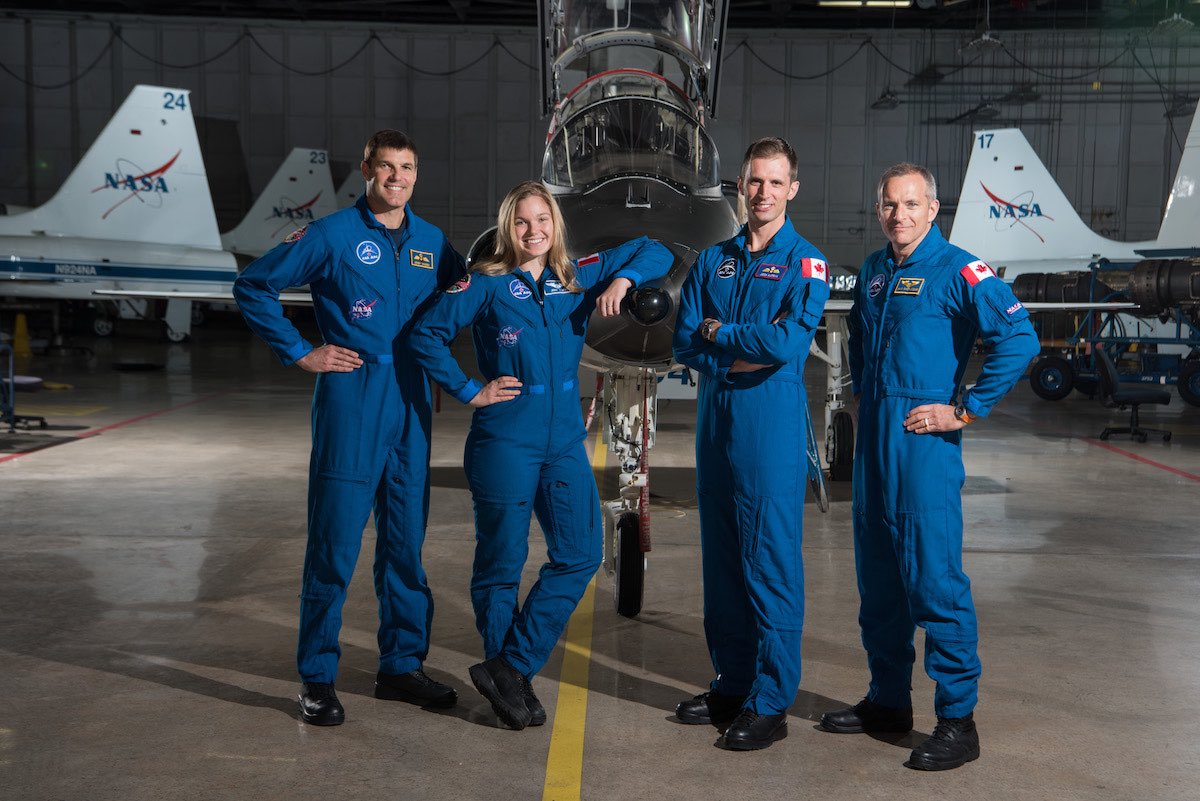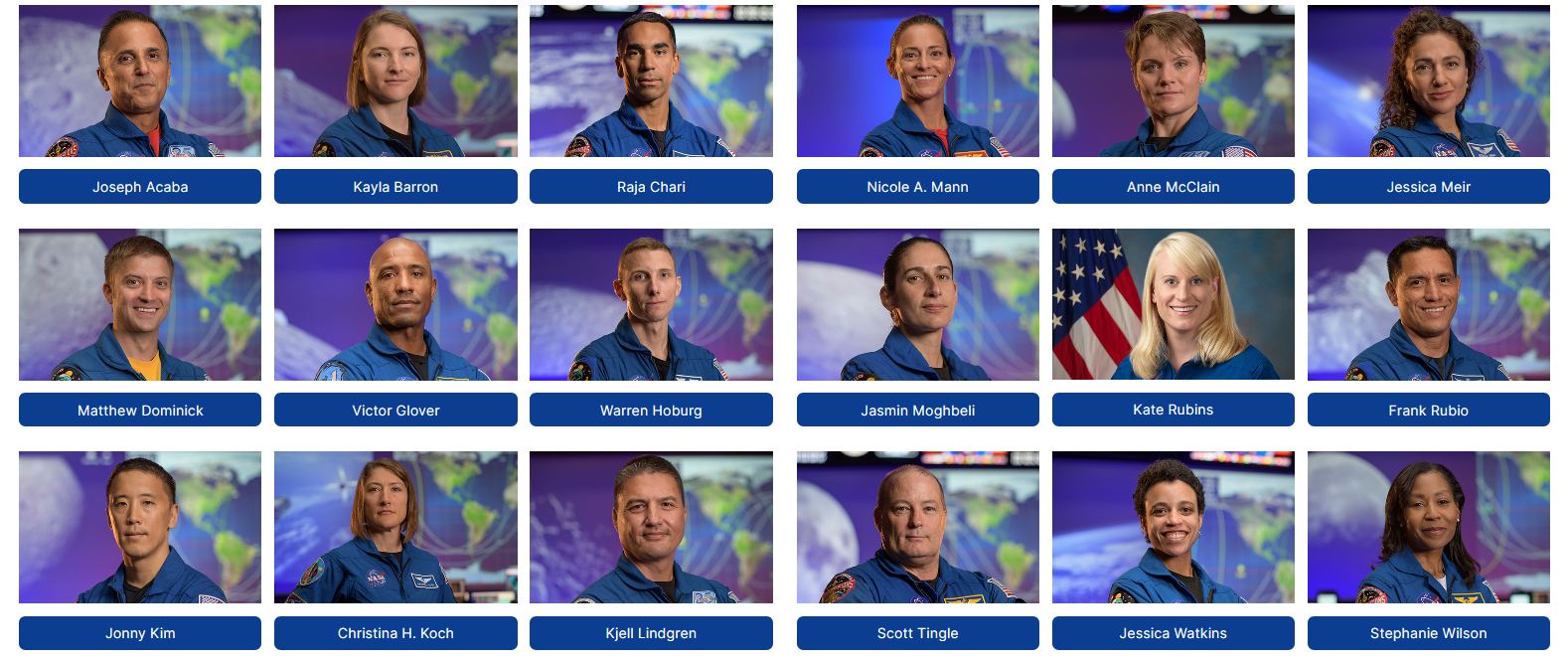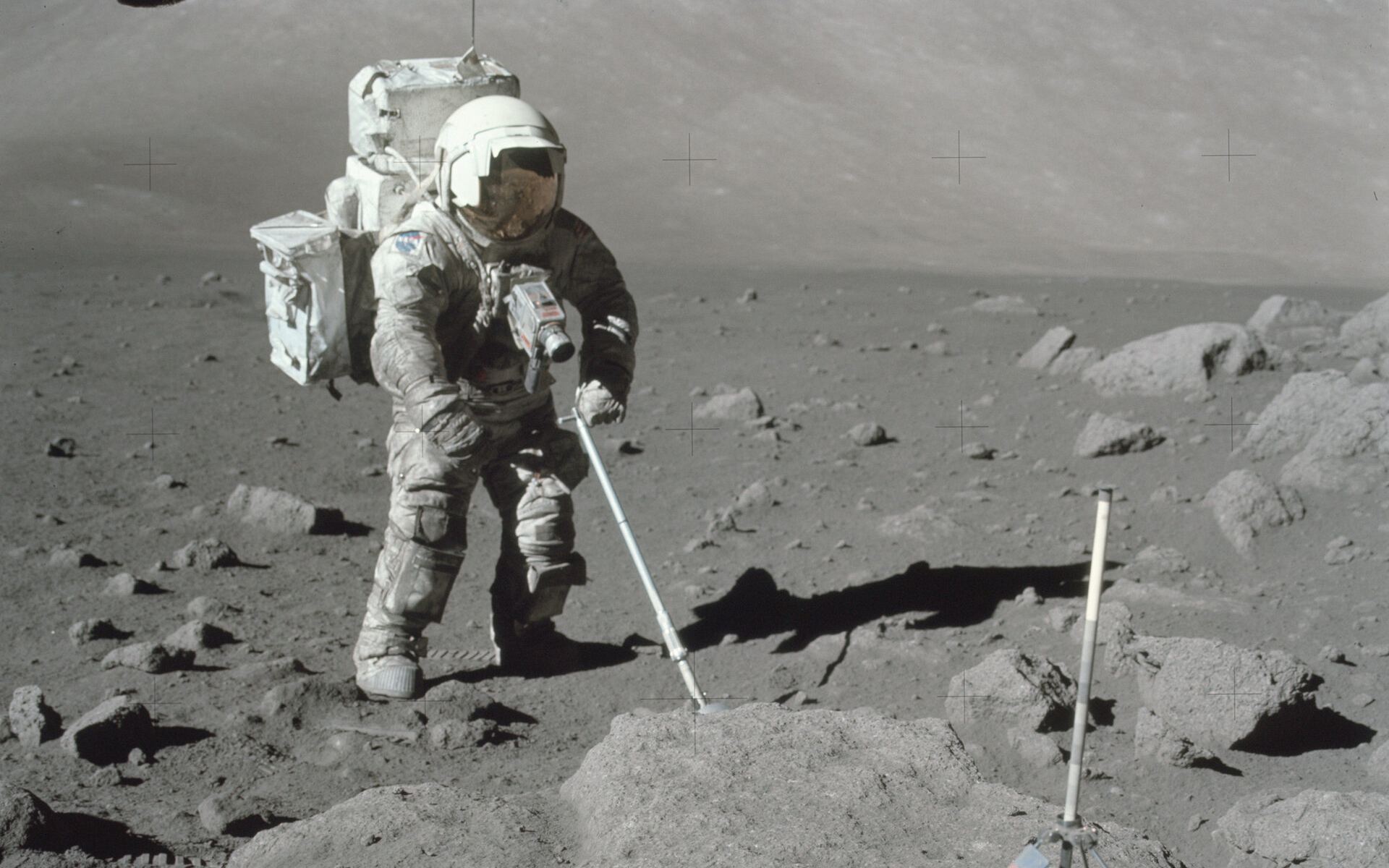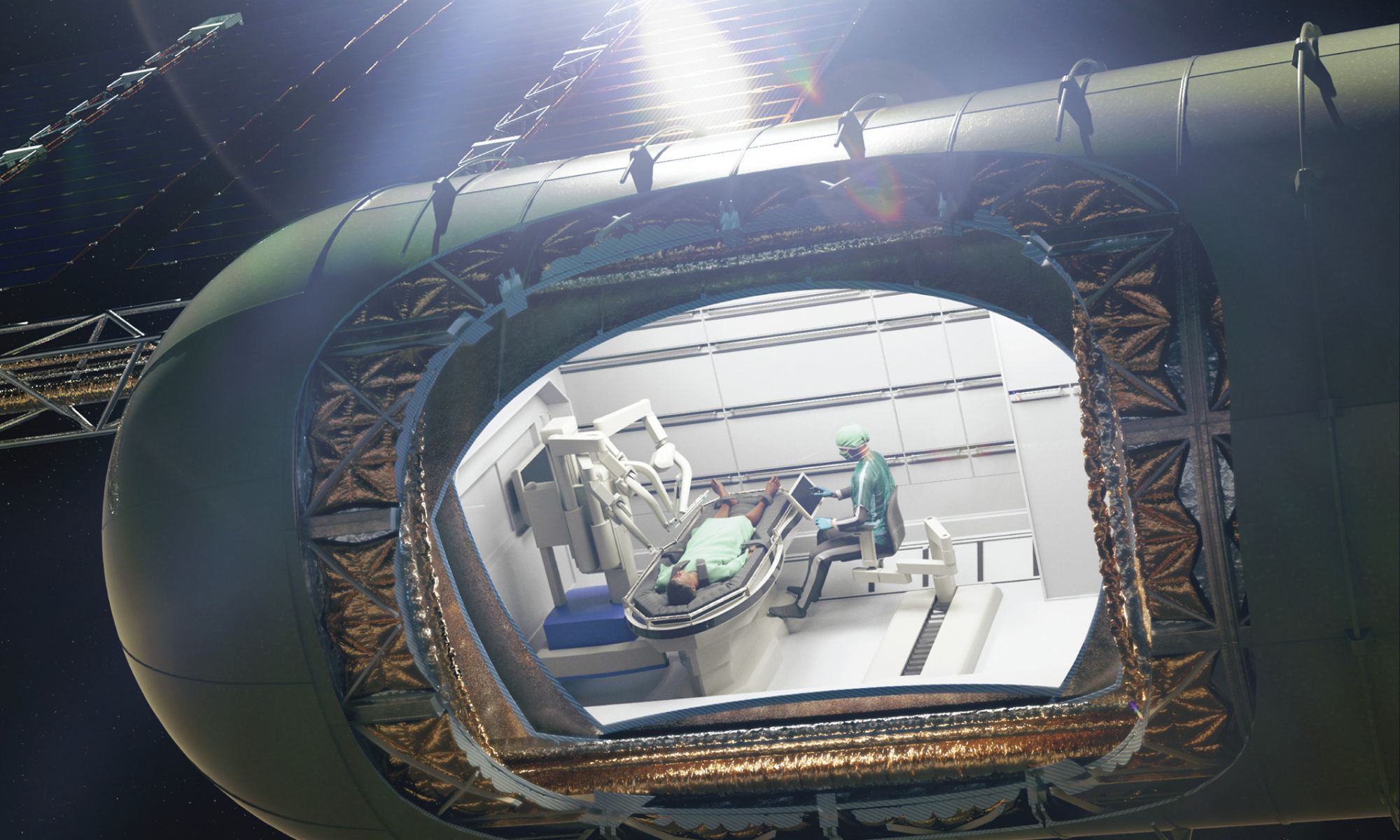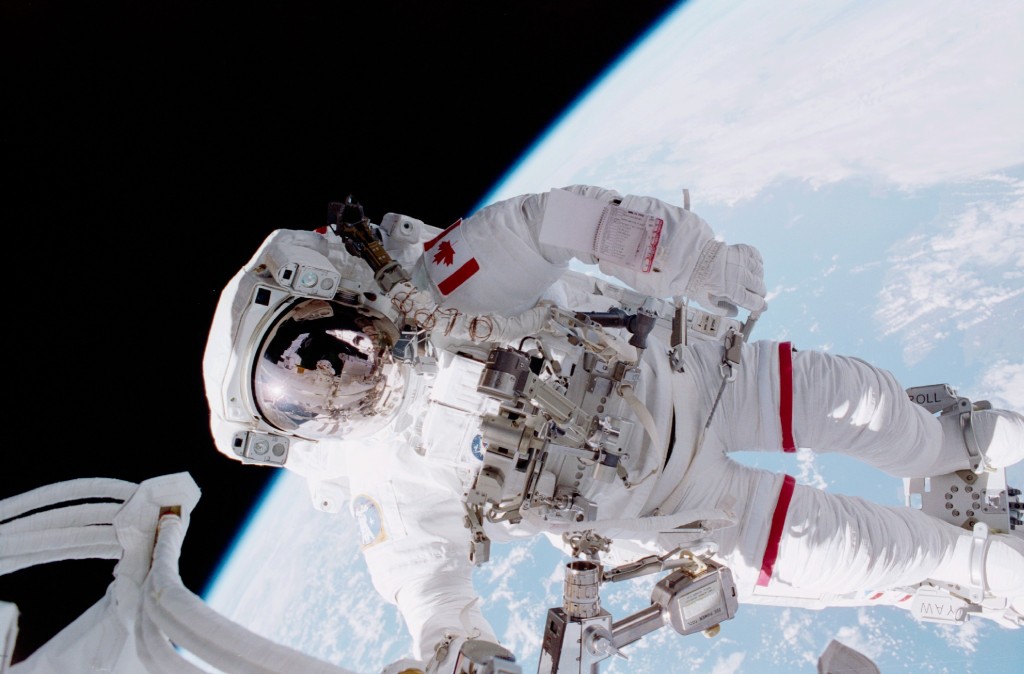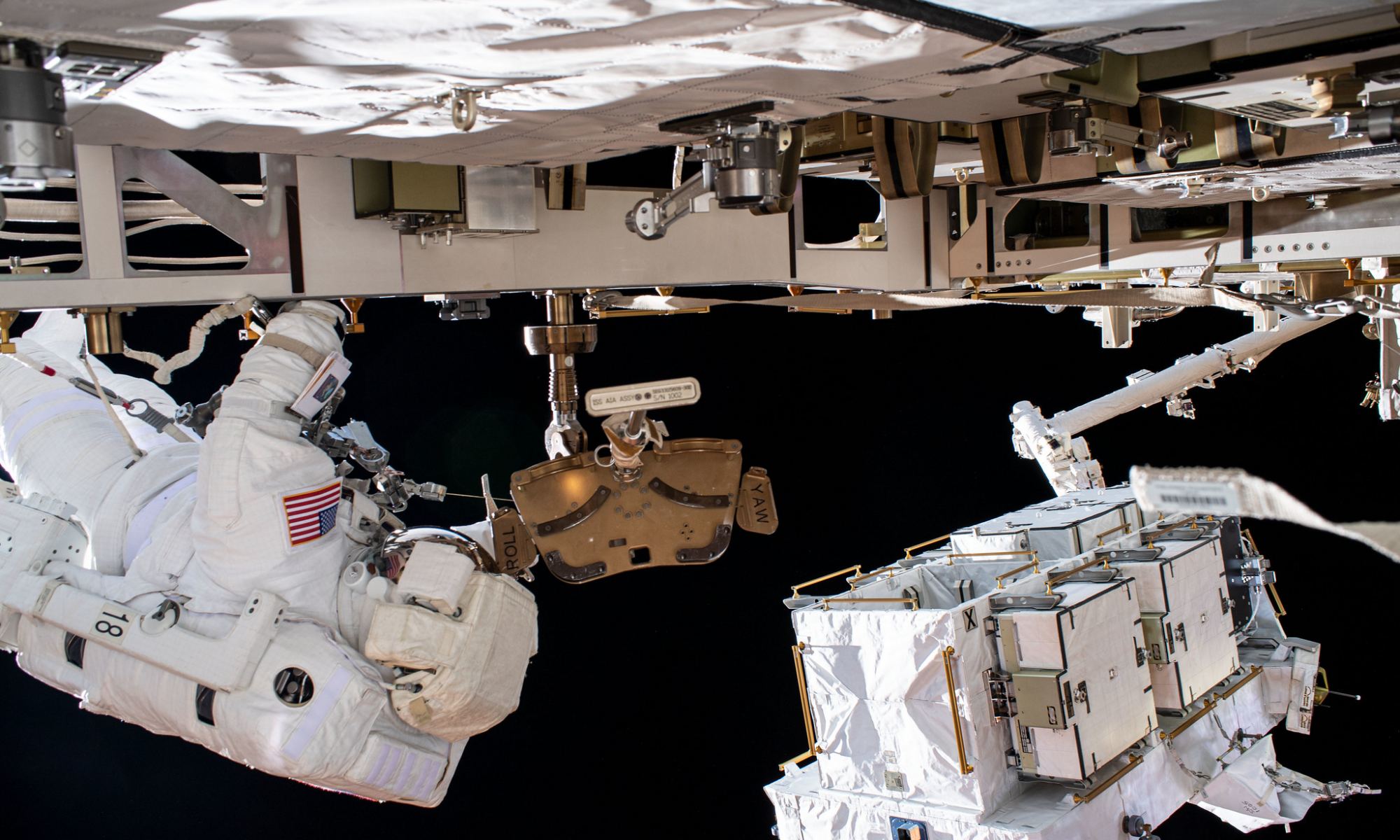Space may be pretty, but it’s dangerous. Astronauts face a much higher dose of ionizing radiation than us Earth-bound folks, and a new report says that NASA’s current guidelines and risk assessment methods are in serious need of an update.
Continue reading “Report Suggests That Astronauts Shouldn’t get More Than 600 Millisieverts of Radiation Exposure During Their Career. We get 2-3 a Year Down Here on Earth”Report Suggests That Astronauts Shouldn’t get More Than 600 Millisieverts of Radiation Exposure During Their Career. We get 2-3 a Year Down Here on Earth
